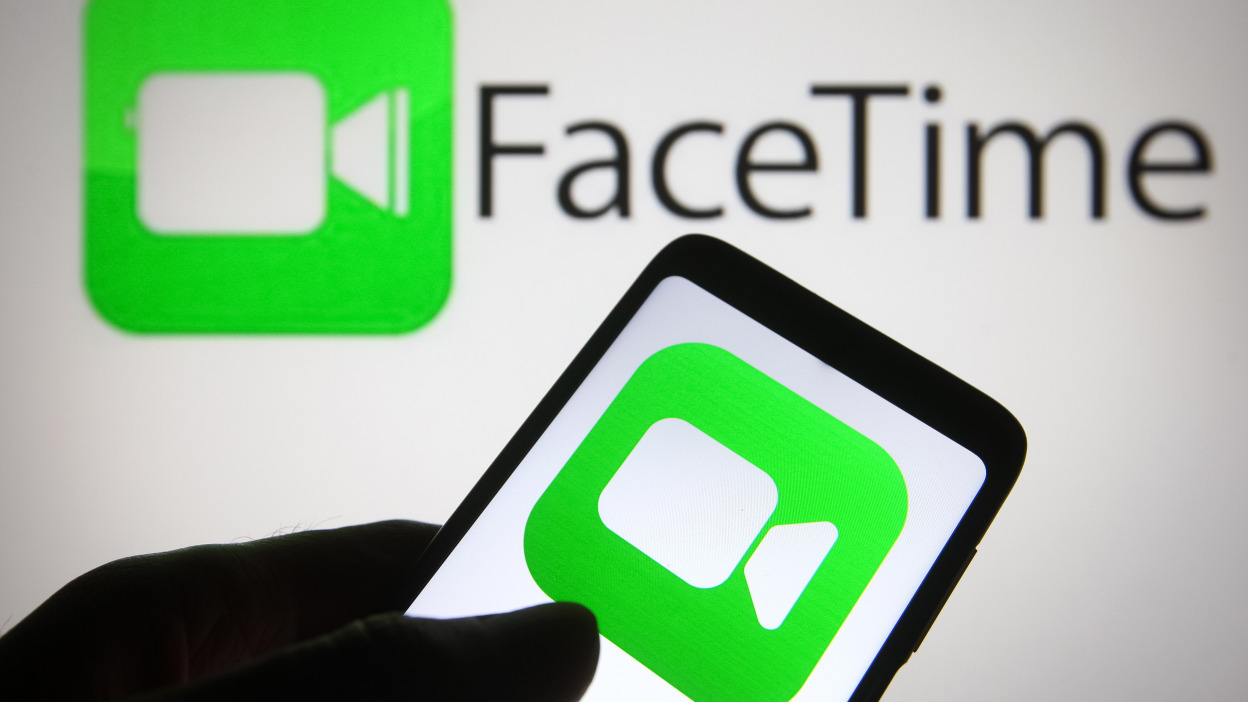Are you tired of dealing with excessively loud volume during your Facetime calls? Don’t worry, you’re not alone. Many iPhone users have experienced this issue, where the audio suddenly becomes unbearably loud, even when the volume is set to the lowest level. But fear not, we’re here to help you find solutions to this problem. In this article, we’ll explore various methods to lower the volume on Facetime and address some common questions and concerns. So let’s dive in!
Why is Facetime So Loud on the Lowest Volume?
One of the primary reasons behind the high volume on Facetime, even at the lowest setting, is Apple’s design choice. FaceTime automatically raises the call’s volume when there is background noise to ensure clear communication. This feature aims to compensate for any external sounds that may interfere with the call quality. While this can be beneficial in some cases, it can also make it challenging to maintain a comfortable volume level during your calls.
To address this issue, we’ve compiled a list of methods that can help you lower the volume on Facetime. Let’s explore these solutions step by step.
1. Lowering Volume on FaceTime with Siri
If you own an iPhone, using Siri is one of the easiest ways to lower the volume during a Facetime call. Just activate Siri by saying “Hey Siri” and follow up with the command “lower my volume.” Siri will then reduce the volume of your Facetime call by 10 decibels (db). Alternatively, you can simply say “lower volume” if you prefer a different phrasing.
2. Lowering Volume on FaceTime with Your Phone’s Settings
Another method to lower the volume on Facetime is through the menu settings on your iPhone. Here’s how you can do it:
- Open the Settings app on your device.
- Scroll down and tap on “FaceTime.”
- Locate the “Volume Control” option and tap on it.
- You’ll see two options: “Raise Volume” and “Lower Volume.” Tap on either option to adjust the volume level according to your preference.
3. Close Other Apps
Running multiple apps simultaneously on your device can consume its processing power, leaving little room to adjust the volume on Facetime. To avoid this issue, make sure to close any other apps before starting a Facetime call. This will ensure that your device can allocate sufficient resources to adjust the volume effectively.
4. Turn Off Speaker Mode
If you’re using speaker mode during your Facetime call, it may contribute to the loud volume. To decrease the volume, follow these steps:
- Swipe up from the bottom of your screen to open the Control Center.
- Tap on the Mute button (represented by a speaker icon with a line through it) to turn off the speaker mode.
- This should help reduce the volume and make your call more comfortable.
5. Hang Up and Call Back
In some cases, simply hanging up and calling back can resolve volume-related issues on Facetime. To do this, hold down either Side Button (the one on the right) until an option appears asking if you want to hang up or redial. Choose the “Redial” option, and it should help reset the volume settings.
6. Start A Screen Recording Then Stop It
If you have an iPhone or iPad, you can try starting a screen recording using the Screen Record feature and then stop it. This trick allows you to access your phone’s settings without making any sound. After stopping the screen recording, you can go back to the Facetime app and adjust the volume as needed.
7. Open the Snapchat Camera
Some users have found that opening the Snapchat camera can help reset the volume on Facetime. Give it a try and see if it makes a difference for you.
8. Restart The App
If you’re experiencing any lag or poor connection issues during your Facetime call, restarting the app can often resolve them. Simply close the Facetime app completely and relaunch it to see if the volume issue persists.
9. Use Headphones
If you’re using Facetime on a laptop or computer, consider plugging in headphones instead of using the built-in speakers. This can help reduce the overall sound coming from your device. Additionally, answering Facetime calls through headphones can prevent the ringing sound from playing through the speakers, ensuring a quieter experience for both parties.
10. Sign Out of iCloud Then Back In
If you’re signed into iCloud on your device, signing out and then signing back in can potentially resolve volume control issues. This action can reset certain settings and configurations, which may help address the problem. If you’ve recently received a notification stating that someone is calling you on Facetime when they’re actually trying to send you an iMessage or email, signing out and back in can rectify this confusion.
11. Turn Facetime Off Then Back On
If none of the previous tips have worked so far, try turning off Facetime and any associated apps or services, and then restart your device before turning Facetime back on. This process can help refresh the settings and potentially resolve any underlying issues affecting the volume during Facetime calls.
12. Adjust the Microphone’s Sensitivity
For users with iPhone 6 or later models, adjusting the microphone sensitivity in the FaceTime settings can make a difference. Navigate to Settings > FaceTime > Microphone and experiment with the sensitivity levels to find the optimal setting for your calls.
13. Check Your Connections
Ensure that both you and the other party are using a stable Wi-Fi connection rather than cellular data. Weak Wi-Fi signals can affect the overall call quality, including volume control. If you’re experiencing connection issues, try moving closer to the Wi-Fi router or reconnecting to it if multiple routers are available.
14. Turn Off Other Apps
Sometimes, other apps running in the background can interfere with Facetime’s functionality, including volume control. Close any unnecessary apps to minimize potential conflicts and enhance the performance of Facetime.
15. Restart Your Device
As a last resort, restarting your device can often resolve various software-related issues. Hold down the Sleep/Wake button and the Home button simultaneously until the device shuts down. Then, power it back on by pressing the same buttons in reverse order. When your device boots up again, check if the volume control on Facetime has returned to normal.
Conclusion
We hope these tips and tricks have helped you regain control over the volume during your Facetime calls. Remember, the volume issue on Facetime can be attributed to Apple’s design choices, but with the right adjustments, you can ensure clear and comfortable communication. Implement the methods mentioned in this article, and you’ll be able to enjoy Facetime calls without the hassle of excessively loud volume. If you encounter persistent issues despite trying these solutions, consider reaching out to Apple support or visiting an Apple store for further assistance. Happy Facetiming!






